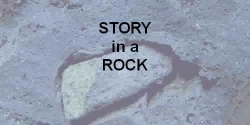Somethings Never Change
Somethings Never Change
- creatures that (sort of seem to) ignore evolution
While many creatures change over geological time, there are a few species
that buck that trend.
The southern cassowary of far north queensland is a keystone species.
It eats and distributes fruit seed throughout the rainforest
Rainforest fruits include some so large and other so toxic that only the cassowary can eat them.
It lives in a tiny area 0.2% of the Australian landmass.
The area is a refugia - having had a stable climate for millions of years it is the home of numerous living fossils.

The platypus is another living fossil from far north Queensland - an egg laying mammal!
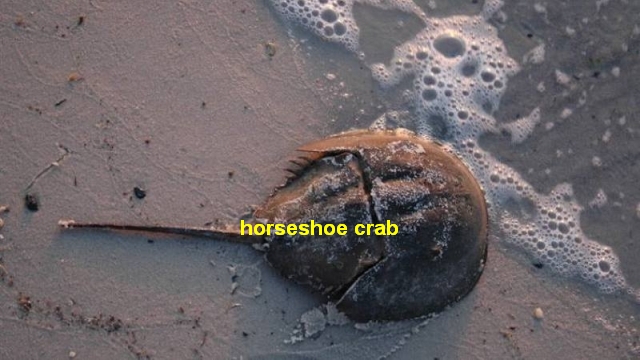
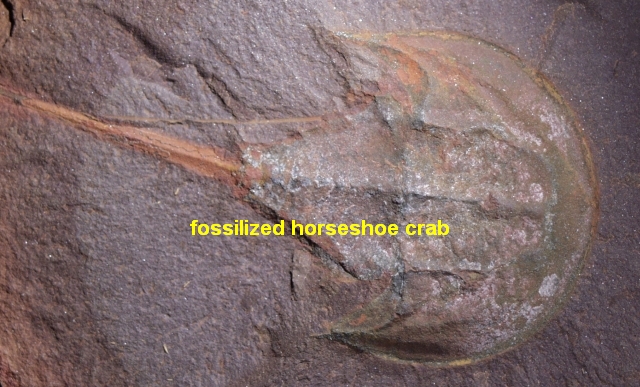
Horseshoe crabs inhabit the shallows along sandy beaches.
The habitat and food supply has remained somewhere on the planet for millions of years
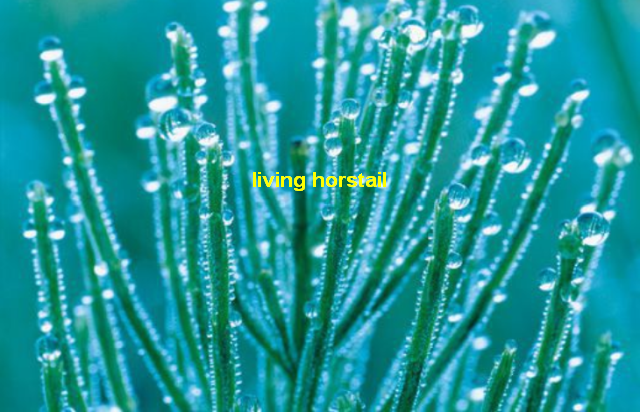
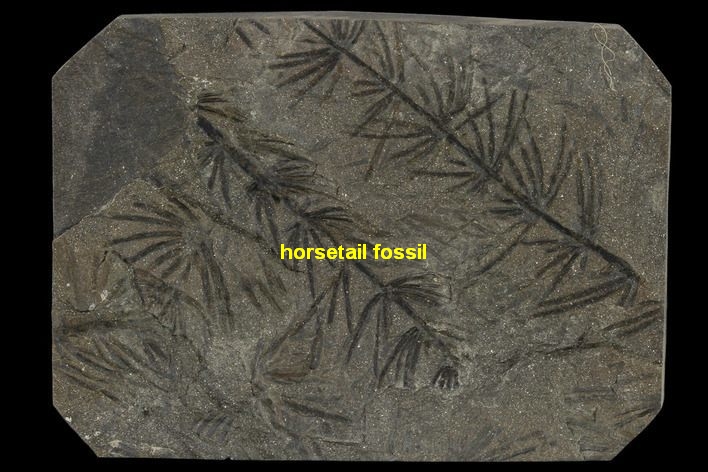
The horsetails are very tough primitive plants that are survivors.
They were around when the oxygen level of the planet was 1/3rd of what it is now.
They have a very simple design
Maybe long term survival is just a matter of being simple and tough.

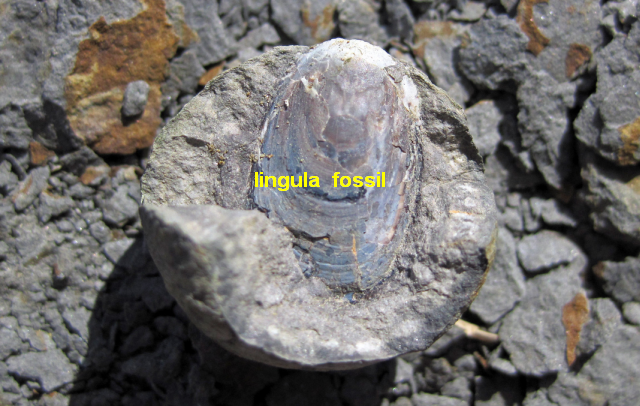
Lingula are " long tongued" clams that inhabit sandy beaches and filter their food.
Again they inhabit a simple environment that is, at any given time, stable somewhere on the planet.
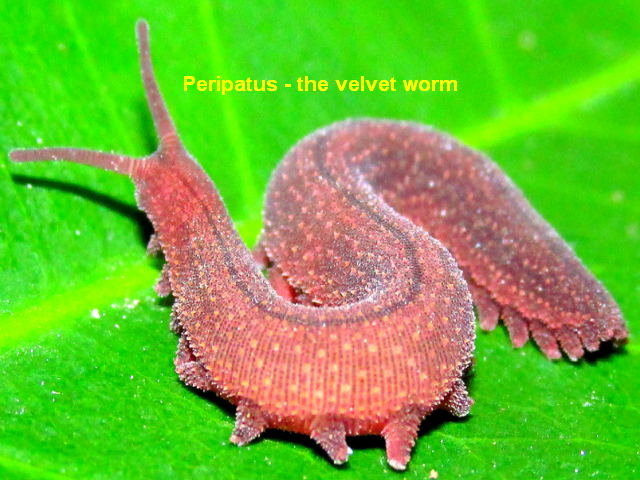
Peripatus are found largely in the southern hemisphere—in Australasia, south-east Asia, Africa and Central and South America
Peripatus lead a nocturnal existence to minimise the danger of drying out, for, like earthworms, they are unable to control water loss through their skin.
As a further safeguard against dehydration, they make their home where it is cool, dark and humid.
Typically they are forest-dwellers, living beneath or inside rotting logs, under rocks and in leaf litter, but they also turn up elsewhere.
They inhabit the rainforest of far north Queensland.
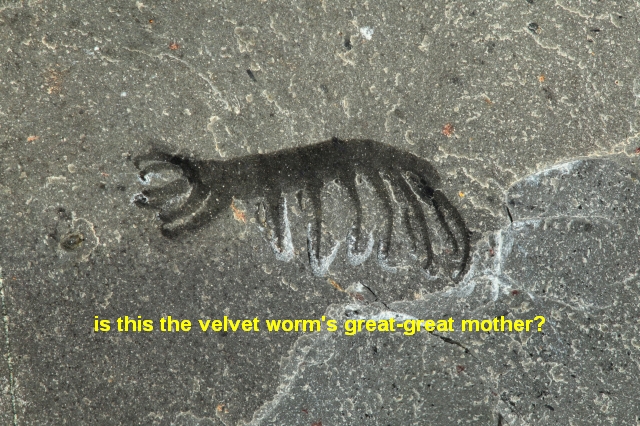
Learn more about LIVING FOSSILS and MICROFOSSILS

